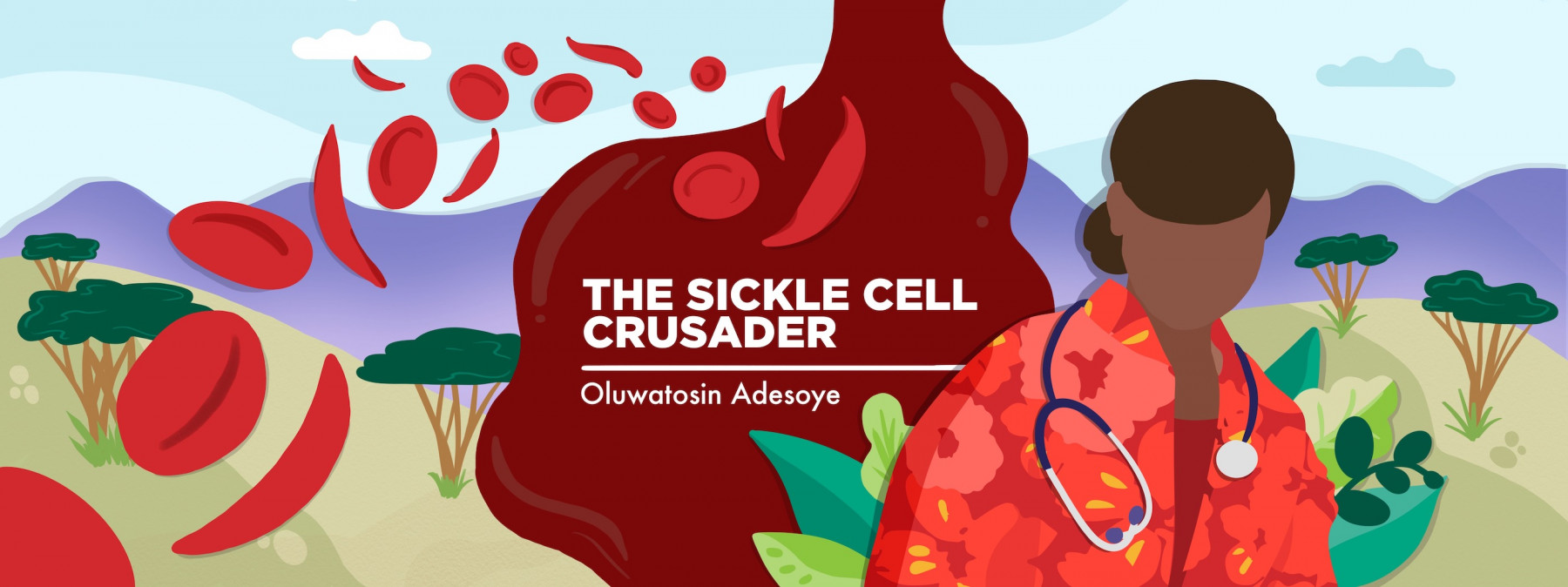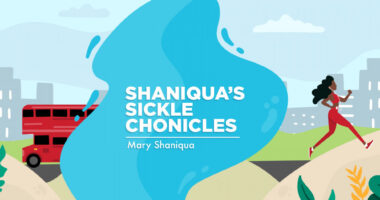The importance of adequate hydration in sickle cell management
Drinking enough water is a crucial part of preventing and treating crises

Hydration plays a vital role in the management of sickle cell disease. It offers numerous benefits, including enhanced blood flow, and can help prevent or treat sickle cell crises and other disease complications.
Sickle cell is a genetic disorder that alters the shape and structure of red blood cells. Normally, these cells are disk-shaped and concave on both sides, but in sickle cell patients, they become sickle-shaped. That causes red blood cells to be sticky and gel-like, leading to obstruction of blood vessels or even a vaso-occlusive crisis.
As a result, blood breakdown occurs frequently, causing chronic anemia and disrupting blood flow to all organs, which can cause various complications.
It wasn’t until my early teens that I finally understood and took my doctor seriously when he counseled me on the importance of adequate hydration for sickle cell patients. At the time, I weighed more than 30 kg (about 66 pounds), so he advised me to drink at least 3 liters of water daily. Since then, prioritizing hydration has positively affected my life in numerous ways.
The benefits of hydration
Drinking enough water has alleviated my struggles with constipation, a common complication of sickle cell that I’ve faced since childhood. Constipation triggers crises for me, but it can also be brought on by a crisis. Staying hydrated has improved my digestion and bowel movements, and ultimately led to a decrease in the frequency of my abdominal crises.
Adequate hydration has also minimized dehydration and its effects on me. When I became dehydrated, my urine would be highly concentrated and I’d have frequent pain crises. Now that I stay hydrated, my urine output is usually adequate and less concentrated.
Furthermore, drinking enough water has reduced the frequency of my jaundice. My sclera (in my eye) is now usually white instead of deep yellow.
Over time, adequate hydration has played a significant role in helping me manage my acute fatigue, boosting my energy levels, and consequently reducing the occurrence of fatigue-related crises. It’s also enhanced my ability to cope with stress, work, and daily activities.
My strategies for staying hydrated
Initially, I struggled to drink large quantities of water daily, particularly when I didn’t feel thirsty. Unlike some people, I find it difficult to drink water first thing in the morning or before breakfast, as it often causes me abdominal discomfort.
Furthermore, in my country, Nigeria, sachet water, commonly referred to as “pure water,” is a popular source of drinking water. However, the quality and taste of sachet waters can vary significantly depending on the manufacturer. While some brands offer pure and tasteless water, others have unpleasant tastes that I find intolerable, affecting the quantity of water I’m able to drink daily. I prefer my water to be tasteless unless I choose to add a flavor to it myself. I also tend to drink water primarily during meals.
To overcome these challenges, I made a conscious effort to develop a routine that helps me drink more water throughout the day. I started by making sure to drink a full bottle of water with my breakfast, lunch, and dinner.
I also discovered a few creative ways to make drinking water more enjoyable. One method is to mix in a small amount of garri, a dry, granular, and powdery food made from cassava. I usually take a small amount of garri and add a large amount of cold water to it. That adds a nice flavor and allows me to consume more water. It’s one of my major secrets to adequate hydration and works like magic.
Another approach I use is to add a slice of orange, pineapple, or lemon to my water, which gives it a refreshing taste and helps me drink more. By implementing these strategies, I’ve been able to increase my daily water intake to 3-4 liters.
While hydration is important, I also want to note that sickle cell disease is multisystemic and can be influenced by numerous factors, including genetic mutations, hypoxia, acidosis, oxidative stress, and inflammation. Adequate hydration can significantly reduce the frequency of crises and complications, but we need to recognize its limitations. Other underlying factors contribute to the pathophysiology of the disease, so hydration should be viewed as one of many critical components in sickle cell management, and not a cure-all.
Note: Sickle Cell Disease News is strictly a news and information website about the disease. It does not provide medical advice, diagnosis, or treatment. This content is not intended to be a substitute for professional medical advice, diagnosis, or treatment. Always seek the advice of your physician or other qualified health provider with any questions you may have regarding a medical condition. Never disregard professional medical advice or delay in seeking it because of something you have read on this website. The opinions expressed in this column are not those of Sickle Cell Disease News or its parent company, Bionews, and are intended to spark discussion about issues pertaining to sickle cell disease.








Leave a comment
Fill in the required fields to post. Your email address will not be published.